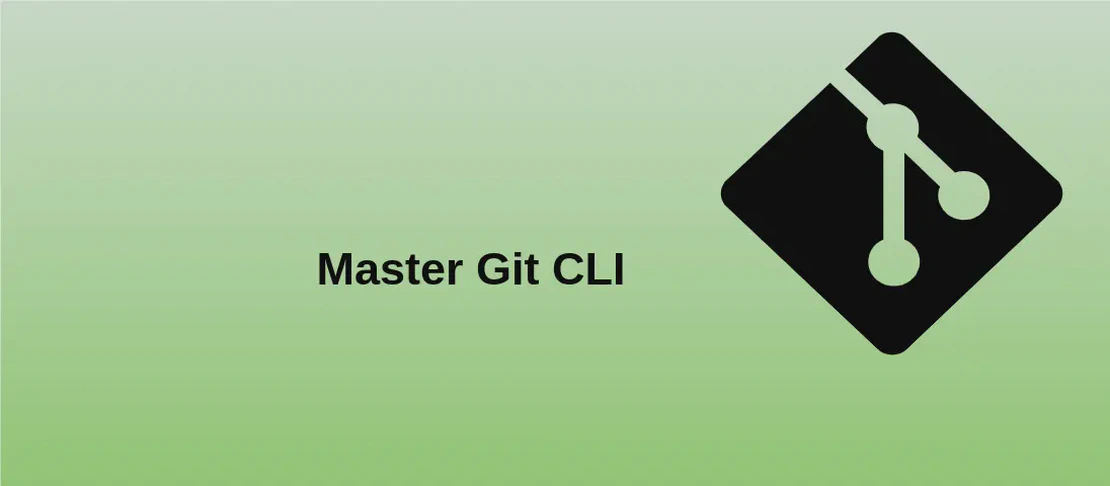
How to Use the Command 'wapm' (with Examples)
The WebAssembly package manager (wapm) is a tool designed to support the management and distribution of WebAssembly (Wasm) modules. It offers a variety of capabilities akin to other package managers, enabling developers to initialize projects, manage dependencies, and execute Wasm packages seamlessly. By using wapm, developers can simplify the process of integrating WebAssembly into their applications, ensuring smooth handling of dependencies and versioning, all while harnessing the power of Wasm.
Use Case 1: Interactively Create a New wapm.toml File
Code:
wapm init
Motivation:
Developing a new WebAssembly project requires starting with a configuration that informs wapm about the project’s metadata, dependencies, and other essential details. Running wapm init simplifies this process by interactively guiding developers through the creation of a wapm.toml file, which serves as the manifest for the project.
Explanation:
wapm init: The command initializes a new wamp project by creating awapm.tomlfile. It walks users through a series of prompts to collect information about the project, like the name, version, and authors.
Example Output:
Initializing a new wapm package
Package name: my-awesome-package
Version: 0.1.0
Description: An awesome package that does awesome things
...
Use Case 2: Download All the Packages Listed as Dependencies in wapm.toml
Code:
wapm install
Motivation:
When working with a project that already has a defined set of dependencies in the wapm.toml file, it is essential to download and prepare these dependencies for use in the development or deployment process. wapm install facilitates this by automatically resolving and downloading the listed packages.
Explanation:
wapm install: This command reads thewapm.tomlfile present in the current directory, resolves the dependencies specified, and downloads them into the local environment.
Example Output:
Installing dependencies...
Package 'my-dependency' installed successfully.
...
Use Case 3: Download a Specific Version of a Package and Add It to the List of Dependencies in wapm.toml
Code:
wapm install package@version
Motivation:
Managing specific versions of a package can be essential due to compatibility requirements or to ensure feature availability. wapm install package@version allows developers to specify the exact package version they wish to add and use, thus maintaining control over their project’s dependencies.
Explanation:
wapm install: Initiates the installation process of a package.package@version: Defines the package and its specific version to be installed and added towapm.toml.
Example Output:
Installing package 'cool-library@1.2.3'...
Package 'cool-library@1.2.3' added to wapm.toml.
Use Case 4: Download a Package and Install It Globally
Code:
wapm install --global package
Motivation: Installing a package globally ensures that it is available system-wide. This is particularly useful for utility packages or tools that need to be accessible from anywhere within the development environment.
Explanation:
wapm install: Begins the package installation.--global: Specifies that the package should be installed globally, making it accessible across different projects and terminal sessions.
Example Output:
Globally installing package 'useful-tool'...
Package 'useful-tool' successfully installed globally.
Use Case 5: Uninstall a Package and Remove It from the List of Dependencies in wapm.toml
Code:
wapm uninstall package
Motivation:
When a package is no longer required, removing it helps to keep the project clean and prevent unnecessary bloat. Using wapm uninstall, developers can easily remove packages and update theirwapm.toml to reflect the change.
Explanation:
wapm uninstall: This command removes a specified package from both the file system and thewapm.tomldependencies list.
Example Output:
Uninstalling package 'old-package'...
Package 'old-package' successfully removed.
Use Case 6: Print a Tree of Locally Installed Dependencies
Code:
wapm list
Motivation:
Understanding the structure and hierarchy of dependencies is crucial for managing a project’s complexity and troubleshooting issues. The wapm list command provides a comprehensive tree view of locally installed dependencies, offering insights into the dependency graph.
Explanation:
wapm list: It prints a hierarchy or tree-like structure of all the dependencies that are currently installed locally.
Example Output:
Local dependencies tree:
- my-awesome-package
- dependency-one
- dependency-two
- sub-dependency
Use Case 7: List Top-level Globally Installed Packages
Code:
wapm list --global
Motivation: Listing top-level global packages gives a quick overview of the utilities and tools installed globally within the system, enabling efficient management and potential updates or removals.
Explanation:
wapm list: Initiates listing of packages.--global: Filters the listing to show only those packages that are installed at the global scope.
Example Output:
Global packages:
- utility-tool
- another-package
Use Case 8: Execute a Package Command Using the Wasmer Runtime
Code:
wapm run command_name arguments
Motivation: The ability to execute package commands directly using the Wasmer runtime offers flexibility to run Wasm modules as part of development workflows or in production environments. This is crucial for commands included in packages that offer executable utilities or scripts.
Explanation:
wapm run: Runs a command provided by a Wasm package.command_name: The specific command within the package that is to be executed.arguments: Additional arguments that the command may require to function appropriately.
Example Output:
Running command 'do-something'...
Task completed successfully with output: "Success message".
Conclusion:
The wapm command line tool is a powerful aid in managing WebAssembly packages, offering developers an organized approach to handling dependencies, project initialization, and execution of Wasm modules. Whether setting up a new project or managing existing dependencies, wapm provides the tools necessary for seamless and efficient WebAssembly development.

